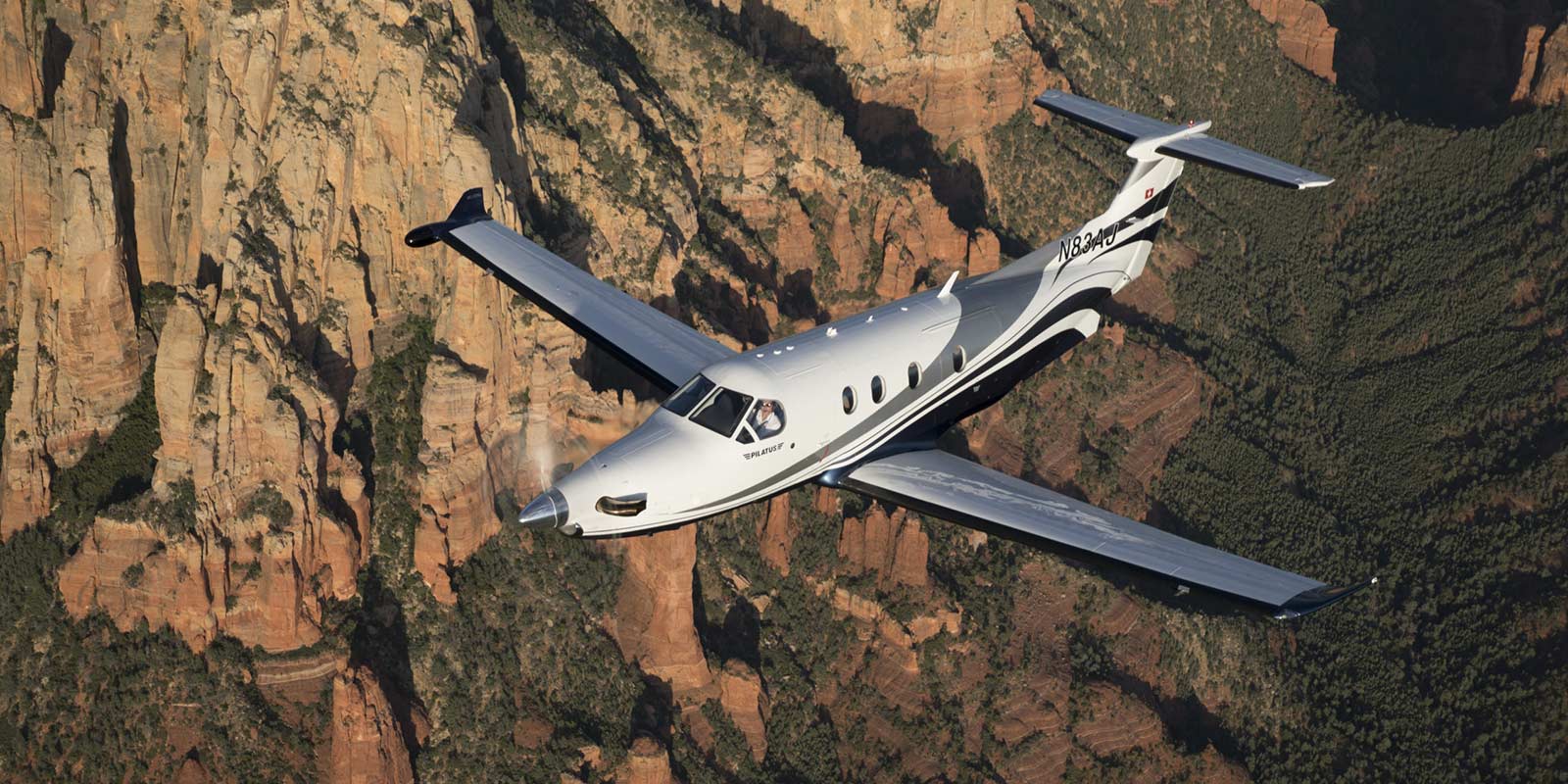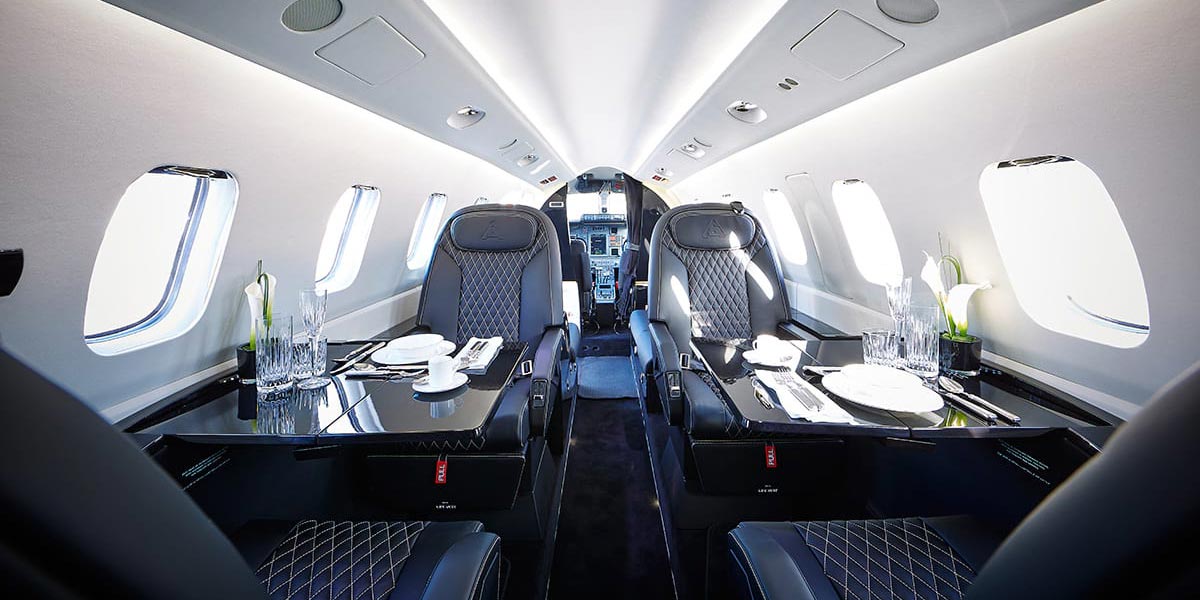About the Bombardier Learjet 60XR
The Learjet 60 is a mid-size cabin, medium-range business jet aircraft manufactured by Bombardier Aerospace in Wichita, Kansas, USA. Powered by two Pratt & Whitney Canada 305A engines, it has a range (with 4 passengers and 2 crew) of 2,405 nautical miles (4,454 km) with NBAA 100 nmi (190 km) reserves, ISA. In July 2012 Bombardier Aerospace announced a temporary “production pause” of the latest variant Learjet 60XR to begin in the fourth quarter of 2012.
Brief History
This aircraft was first introduced as the Model 60 Learjet in 1993, and is the similar to the design adapted by Bill Lear from a Swiss military trainer in the early 1960s. The Learjet 60XR came as a derivative aircraft which took its first flight in 2006. The aircrafts are powered by two Pratt & Whitney PW305A engines that produce 4,600 lbs of thrust at takeoff. The cabin is the biggest of all the Learjet models, and can feature seven or eight passengers depending on the size of the divan.
The Learjet 60 is equipped with Pro Line 4 Avionics and is controlled by an Integrated Avionics Processing System (IAPS). The Learjet 60XR is an improved version and is equipped with Rockwell Collins Pro Line 21 avionics. It is a fully integrated suite with many key upgrades that truly separate the two aircrafts (see specifications for similarities).
Some of the key factors that set this aircraft apart from the rest of the class come from its cruise performance. It can climb to a cruise of 43,000 feet in less than 14 minutes when loaded at maximum takeoff weight. It also boasts an aerodynamic design that was built from utilizing NASA and Boeing Tranair computational fluid dynamics to locate points of drag. Using this technology helped reduce the overall drag by 4%. It is also one of the most fuel-efficient jets in the category; while other models have caught up on speed, the Learjet 60 claims a substantial advantage over other models in fuel burned per hour.
This aircraft has certainly shown its value in the mid-size class. With inventory levels rising, we have been seeing a drop in asking prices. These two Learjets are dependable options for customers interested in mid-size models.
Specifications
Based on the large-cabin 55 series, the Learjet 60XR increased in size and performance value. It is the first of the line to use PW305 turbofan engines instead of General Electric engine models. The Pratt & Whitney of Canada PWC305A have 4,600 lbs of thrust each. They have an inspection interval of 6,000 hours.
With such powerful engines, the Learjet excels in performance against competitors in its class. It can out-climb any mid-size jet, capable of a staggering 6,000 or greater feet per minute (FPM) climb. It can reach Mach 0.81 and is certified at a 51,000 feet flight ceiling. One might think that fuel efficiency would suffer when accommodating such high performance specifications, but the 60 Model surpasses in that category as well.
The 60XR was the latest aircraft to be fitted with Rockwell Collins Pro Line 21, replacing Pro Line 4. The Pro Line 21 is a fully integrative avionics system with many key upgrades that include decreased weight, a 75% larger display area (four 8×10 inch screens), higher reliability and more capabilities. Its Flight Management Systems interface includes electronic charting features. The system makes operating the aircraft easier and more efficient.
Bombardier designed the Learjet with performance in mind. Its wings feature the drag-reducing winglets that were prevalent on the older “Longhorn” Learjets. A 43-inch fuselage stretch increases cabin volume by 11% from the 55 series. The 60XR features a digital steer-by-wire nosewheel and an electrically-heated windshield, all of which are recognizable design improvements over previous Learjets.
The 60XR’s greatest difference from its predecessor is in the cabin design. The cabin measures 5.7 ft high, 5.9 ft wide and 17.7 ft long. This space is sufficient for six passengers: four-seat club and two additional, forward-facing seats. Although not impressive compared to similar competitors, the interior space is 3 inches wider and 43 inches longer than Learjet’s own 55 series. Design improvements include a larger galley, increased aft baggage area (59 cubic ft), 5 different floorplans, and the addition of a cabin management system featuring control modules and electronic power ports.
The Learjet 60XR upholds the fastest and highest flying performance reputation that separates Learjets from competitors. More than 300 have been delivered since 1993 and retail around $13 million. However, the 60XR is not as competitive in cabin size and range.
Aircraft Data
- ICAO Code:LJ60
- Manufacture:Bombardier Aerospace
- Class:Business jet
- Model Types:60 XR
- Crew:2
- Passengers:8
- Engines:two Pratt & Whitney Canada 305A engines
- Max Speed:522 mph (453 knots, 839 km/h) (max cruise)
- MTOW:23,500 lb (10,660 kg)
- Time to Climb:4,500 ft/min (22.9 m/s)
- Max Range:2,773 mi (2,409 nmi, 4,461 km)
- Max Flight Level:51,000 ft (15,545 m)



